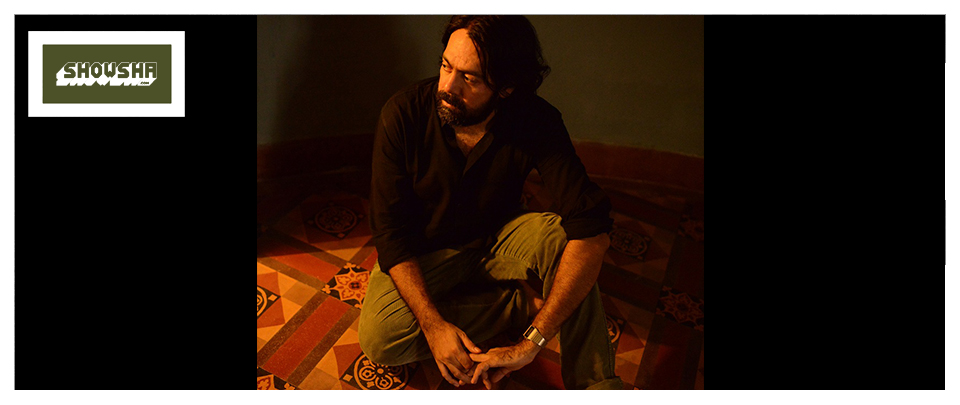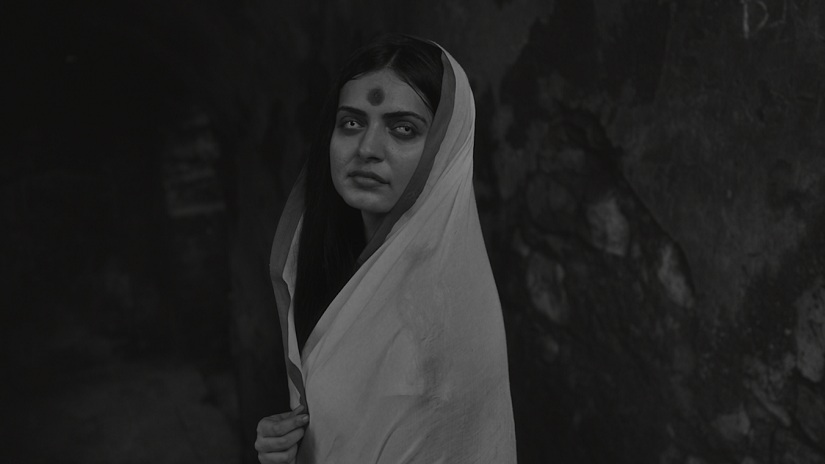Palace of Horrors, and what makes for truly frightening cinema
Showsha 23.04.2018 by Anupam Kant Verma
Ashim Ahluwalia is the acclaimed director of John and Jane, Miss Lovely, Daddy, and his latest, Palace of Horrors, a short film that’s part of an anthology of short horror films called The Field Guide to Evil. Palace of Horrors is loosely based on an old folk tale and is suffused with the meticulous approach that Ahluwalia brings to his films.
In this interview, we talk about all things horror, the challenges posed by the short film format and his favorite horror films.
The Field Guide to Evil claims to bring together eight genre filmmakers from across the world. Would you call yourself a genre filmmaker? What are your thoughts on a genre filmmaker’s existence within the Indian cinematic culture?
I don’t really see myself as a genre filmmaker, but I'm interested in bending some of the rules of genre. Arthouse cinema started dying because distribution became scarce, so directors like myself began to explore genre. I don't think it's very common in India. If you’d asked me 10 years ago about horror, I would’ve laughed but I look at genre differently now. Daddy was a gangster film. Miss Lovely was a pulp noir, my first film — the documentary John and Jane (2005) — was shot like a dystopian sci-fi film. So everything I've done is sort of weirdly genre-related.
Tell us a little about the folktale that inspired your film and what drew you to it.
A bunch of producers including those involved with films like Blair Witch, Anomalisa, and The Lobster had this idea of getting eight international filmmakers to do something unusual with horror, they wanted to produce an anthology feature film focusing on folk horror from different cultures called A Field Guide To Evil. Each director, from a different country, was asked to make a short that would eventually become part of the larger feature. I was keen to make something gothic, in black and white, like a forgotten Edgar Allan Poe or HP Lovecraft story set in the jungles of Bengal. Of course, I also wanted to bring in very strong Indian elements — old wives tales, frightening folk stories.
In your opinion, what are the key elements that can elevate or ruin a good horror film?
I’m more interested in filmmakers who don’t generally make horror films but bring something new to it. David Lynch’s The Elephant Man or Peter Weir’s Picnic at Hanging Rock are both mysterious and disturbing films. You can’t sleep, they’re so unresolved, they haunt you.
I find horror to be a very cinematic genre. The whole idea of tension is built into the structure. But often the endings just fail.
When I was much younger I used to watch more traditional horror films. But I realized it was becoming an Agatha Christie thing — the first half is super because you don’t know what’s going on, and it’s terrifying as hell. But then, in the end, someone comes along and everything is explained and it’s annoying. It’s just so concrete, it kills all the mystery and the terror. You’re left with nothing, just some simplistic explanation about why the whole thing took place. That ruins a real horror film for me.
Why did you choose to film Palace of Horrors in black and white? Which films did you draw inspiration from while shooting?
I wanted the film to feel like some strange frightening object from the past. I was influenced by colonial black and white cinematography, glass plate negative photographs taken in India by the British in the 19th century – those images can be very creepy; I wanted to work with greyscale, almost like it was shot in gaslight. Old things, music recordings etc, are intrinsically ghostly because people who made them are long dead and often totally forgotten. Silent black and white horror like Nosferatu (1922) was kind of an influence, mainly German expressionist films — The Cabinet of Dr. Caligari, things like that.
In retrospect, what were the challenges and advantages of working in the shorter film format?
It's a bit like a novelist working within the short story format. Which is why I really liked exploring HP Lovecraft. His stories can be just a few pages sometimes. You have to be very precise when you have such limited time, saying very much with very little. Unlike a feature film, we shot it in four days so it was a very quick project and we all had a really fun time shooting it. I’m also happy with the spectral atmosphere we were able to conjure up considering how little time you have to work with.
I was drawn in particular to the meticulously arranged sound design. I felt it neatly complemented the way in you which shot the forest and gave us the first sighting of the palace, for instance, in effect taking us back to the era of early horror film, beautifully setting up the film. Could you elaborate on the sound design and how you went about it?
I love the use of sound in film, most films don't take advantage of what you can do with that, specially in India. The sound design is very literal: like a door opens, you hear a creak etc; or you see someone walking, you hear footsteps. It's boring to do that. I love sound to open up some kind of psychological terrain — giving you more information than you can see, you know, something lurking off screen...
A lot of young filmmakers out there will see your film. Any advice you’d want to share with those who wish to mount a short horror film of their own in the future?
India has so much to offer in terms of unexplored stories, images, landscapes. I wish we would get into where we come from, you know, really intensely dig into the local that makes us the way we are, it's not that you shouldn't be exposed to cinema from all over the world — it's just that, as a younger filmmaker, it's important to develop a unique voice — one that is solely yours and represents where you come from. Stay unique. That would be my advice, I guess.
What’s next for you? Are you working on another film/script?
I’m always developing tons of stuff, writing different things. I want to try something I haven’t done before but I'm not sure what's next.
And finally, tell us about your favorite horror anthology films, if any.
Can't think of one. But single films I’ve loved and seen again recently, probably John Carpenter’s The Thing, Dario Argento’s Suspiria, David Cronenberg’s The Brood and Lucile Hadžihalilović’s Innocence.

